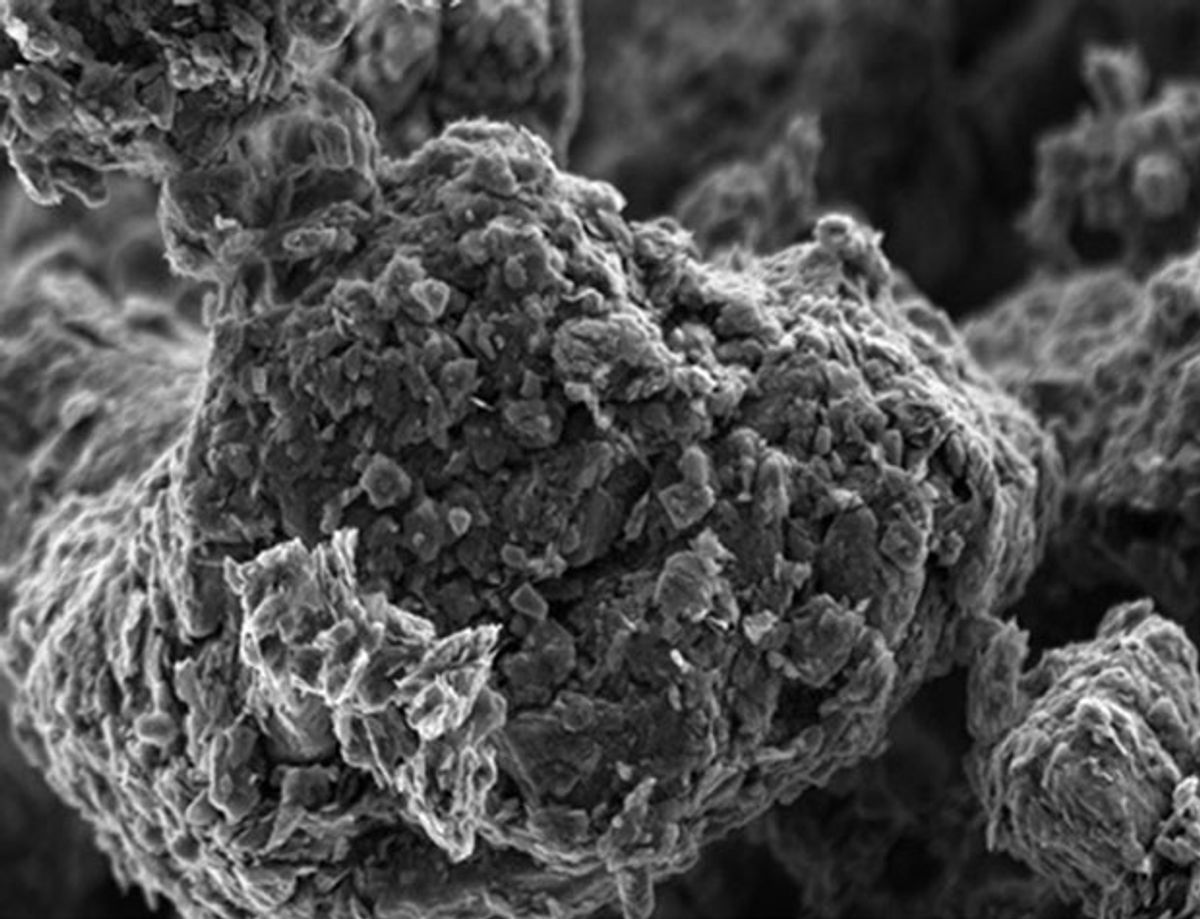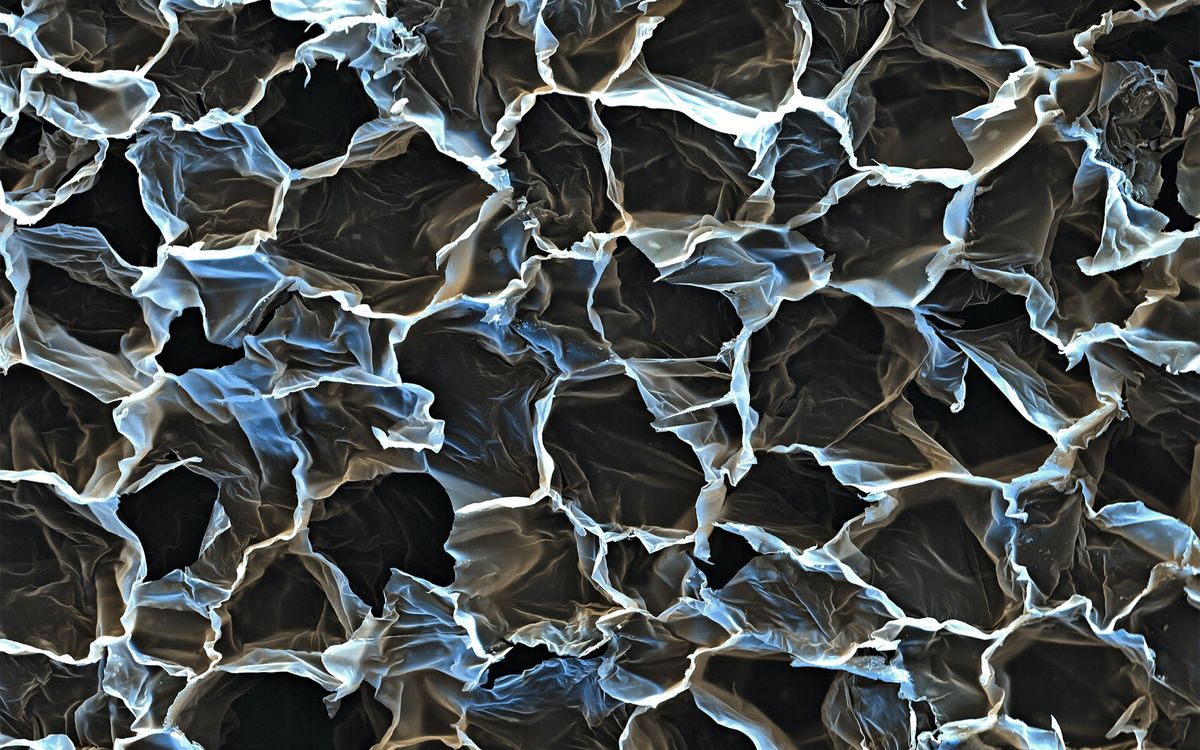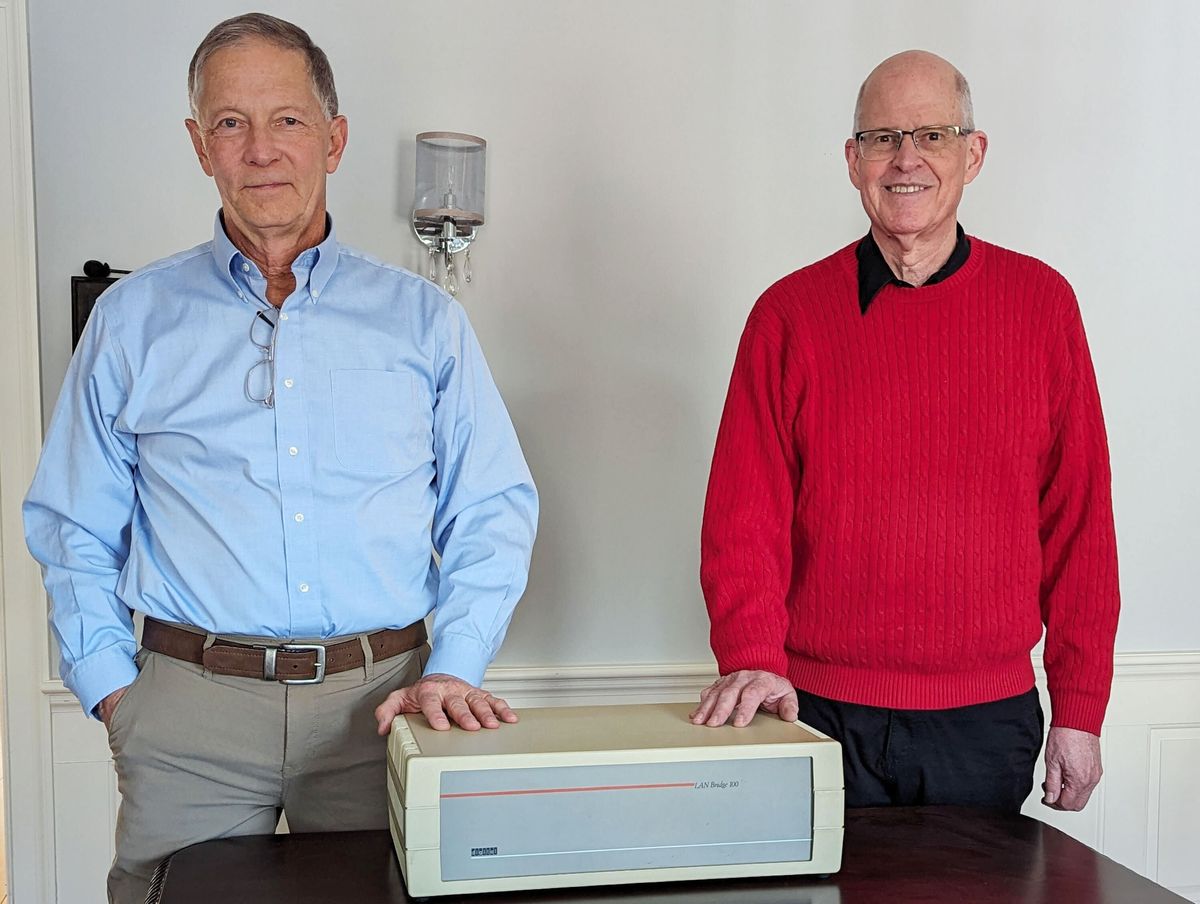The big story for nanotechnology in lithium-ion (Li-ion) batteries in the past year has been the demise of high-flying nanotech startups A123 Systems and Ener1. Both of these companies had developed nanotech-based solutions for improving the Li-ion battery and both companies announced bankruptcies in the past year after having received millions of dollars in capital investment. That’s why much of the news of late surrounding nanotechnology and the Li-ion battery has been of the R&D variety.
In that vein, research into using graphene hybrids to replace graphite in Li-ion electrodes seems to have increased in the past year and there have been some significant breakthroughs to improve both manufacturability and performance. But there have also been some commercial ventures in the past year that have licensed some of that research to make a go of using graphene in Li-ion batteries.
The basis of the anodes is a material the company has dubbed xGnP. The material uses graphene platelets that stabilizes silicon particles into a nanostructured silicon.
Nanostructured silicon anodes have become an attractive alternative to graphite-based anodes, which have a relatively small charge capacity, and silicon, which by itself starts to crack and fall apart after just a few charge/discharge cycles. Much of the work with nanomaterials in Li-ion anodes has been to develop a hybrid material that either combines various nanomaterials with silicon or manipulates the crystalline structure of silicon on the nanoscale.
"Our new Silicon-graphene anode material, when used in combination with our existing xGnP® graphene products as conductive additives, provides significantly higher energy storage than conventional battery materials,” says Rob Privette, VP Energy Markets for XG Sciences in a company press release.
It is encouraging to see that the company has put at the top of its targeted markets mobile devices instead of all-electric vehicles, in which the Li-ion still remains somewhat problematic as a sole energy source. But it hasn’t completely abandoned the automobile market in which Li-ion batteries for hybrid vehicles have shown healthy growth.
"We expect initial adoption in the highly-competitive consumer electronics markets that are dominated by Asian battery makers," Mr. Privette says in the release. “But we also have research and development partners that are focused on hybrid and electric vehicles, grid storage, military, and specialty industrial applications.”
We’ll have to come back to this company to see how it has fared in the marketplace. It’s certainly a business area that could use some positive news.
Photo: XG Sciences, Inc.
Dexter Johnson is a contributing editor at IEEE Spectrum, with a focus on nanotechnology.




